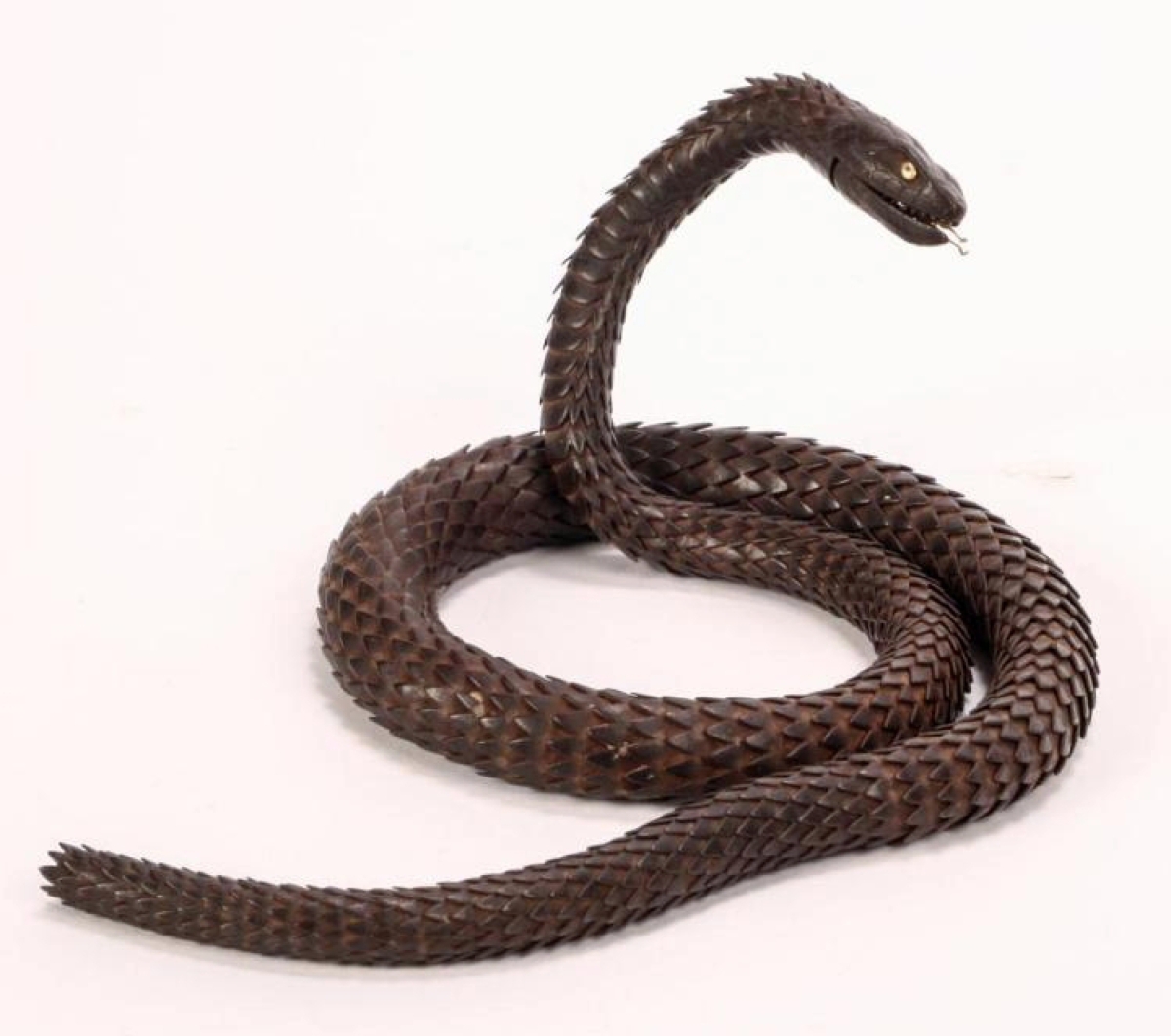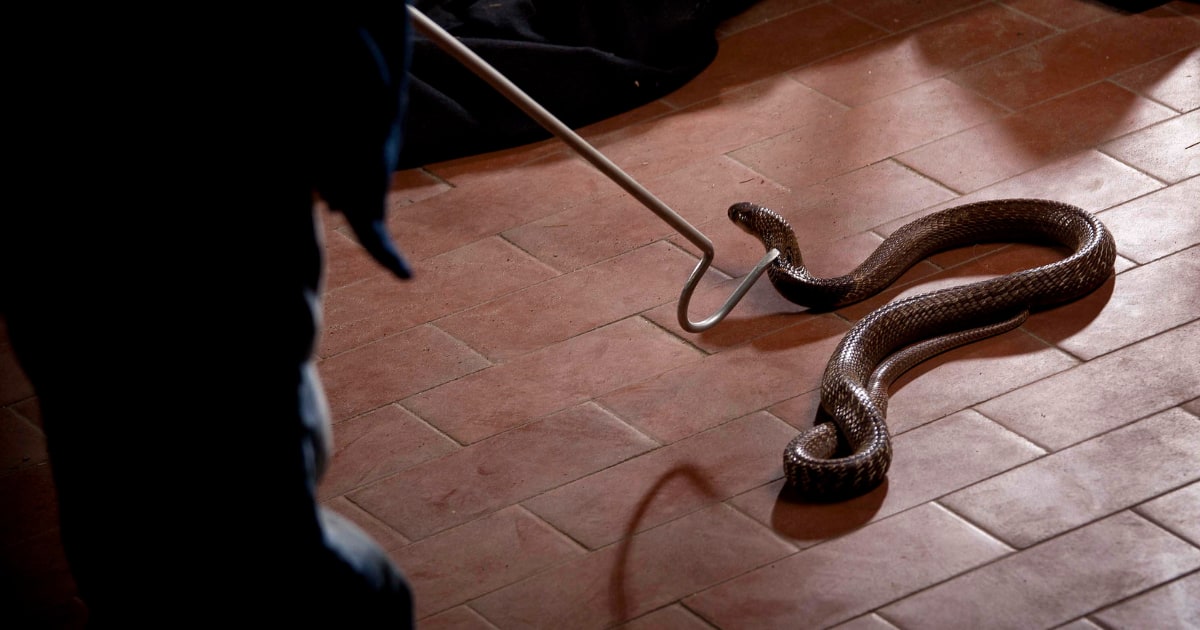

There are a lot of baby lizards imma let them stay away and do their thing. Recent statistics show that a whopping 18% of people in Japan are smokers. The dreams about snakes can have a lot of different meanings, positive and negative depending on many factors like your perception about snakes, life experience, religion and cultural environment. Smoking in Japan is more common than you may think. Shockingly every year 157,000 people die from tobacco-related diseases in Japan. Even though this is true, an increasing Īll You NEED to Know About Smoking in Japan. it is now a very common theme scattered throughout all cities of Japan. Tatami is not just reserved for royalty anymore as it was in the past. Tatami is super unique to Japan and considered to be one of the best ways to experience Japanese culture at home. Shall we? Can I Learn Japanese by Myself? Don’t believe the lie that you need a teacher. There are many helpful apps and programs that people use to learn Japanese, but is it possible to learn without a teacher (sensei)? Let’s find out. Learning Japanese can be difficult if you don’t have the right resources. The oldest is light brown in color but the younger snakes are a darker brown.Ĭan I Learn Japanese by Myself? The TRUTH. You can spot these snakes because they have vertical lines on the middle of their backs. Hannah Gerke In the hilly terrain of Japan, in an area largely abandoned for more than 10 years, rat snakes adorned with duct tape, super glue and specialized equipment slither in the trees, across roadways, coil in the dirt and maneuver among idled rice paddies.
#There were lots of snakes in japanese plus
It usually preys on rodents, frogs, and lizards. A Japanese rat snake crosses a rural road in the Fukushima Evacuation Zone in Japan. Rainbow Springs State Park, Dunnellon: 'I was told there was a lot of snakes in the.' Check out 16 answers, plus see 905 reviews, articles, and 764 photos of Rainbow Springs State Park, ranked No.2 on Tripadvisor among 40 attractions in Dunnellon.

It lives next to mountains, forests, meadows, and banks. The Japanese pit Viper has a unique pattern on its light brown body called the coin-shaped pattern.Īpproximately 3000 people a year are bitten from the Japanese pit Viper with about 10 bites being fatal and a mortality rate of 0.3% to 0.4%. It’s pretty small anywhere between 40cm to 80 cm long. This is another one of our venomous friends. It usually eats other reptiles such as lizards.

Let’s see which are the safest states concerning venomous snakes in America.The white spot snake lives at the bottom of the forest and it’s not usually found in high mountains. After picking states with no or least poisonous snakes, we have compared the data with governmental and wildlife sources for each of these states in order to rank the states on our list. Poisonous snakes that inhabit these states do not belong to the most venomous snakes in America, and are usually quite rare, and also encounters with humans are very uncommon.įor the information on states with no or least poisonous snakes in America, we have consulted primarily Venombyte and Cobras sites. During the winter, especially in colder areas, snakes hibernate in the underground tunnels or some other protected shelters. However, snakes are adaptable creatures that inhabit most variable ecosystems, from deserts, forests, swamps, meadows to the open seas. Farmers have historically relied on these snakes to control vermin populations throughout farms and households, preventing destruction of crops. is the japanese styled tatami area with a table and two seats. About 6 of these species are native to Japan. We went to the spa but there was no way to book that and there was a long. That is to be expected, because snakes usually prefer warmer climates, being cold blooded animals that cannot produce heat themselves to warm their bodies. The most commonly found snakes are rat snakes which are namely large and nonvenomous. So, according to that, states with no or least venomous snakes in America also tend to be the northernmost. That is also the case in the US, the northern belt has less than 5 poisonous animals per state, and the figure gradually grows towards the south, where Arizona has the most poisonous animals (around 30 species).

Venomous animals, in general, are often being met in warmer climates.


 0 kommentar(er)
0 kommentar(er)
